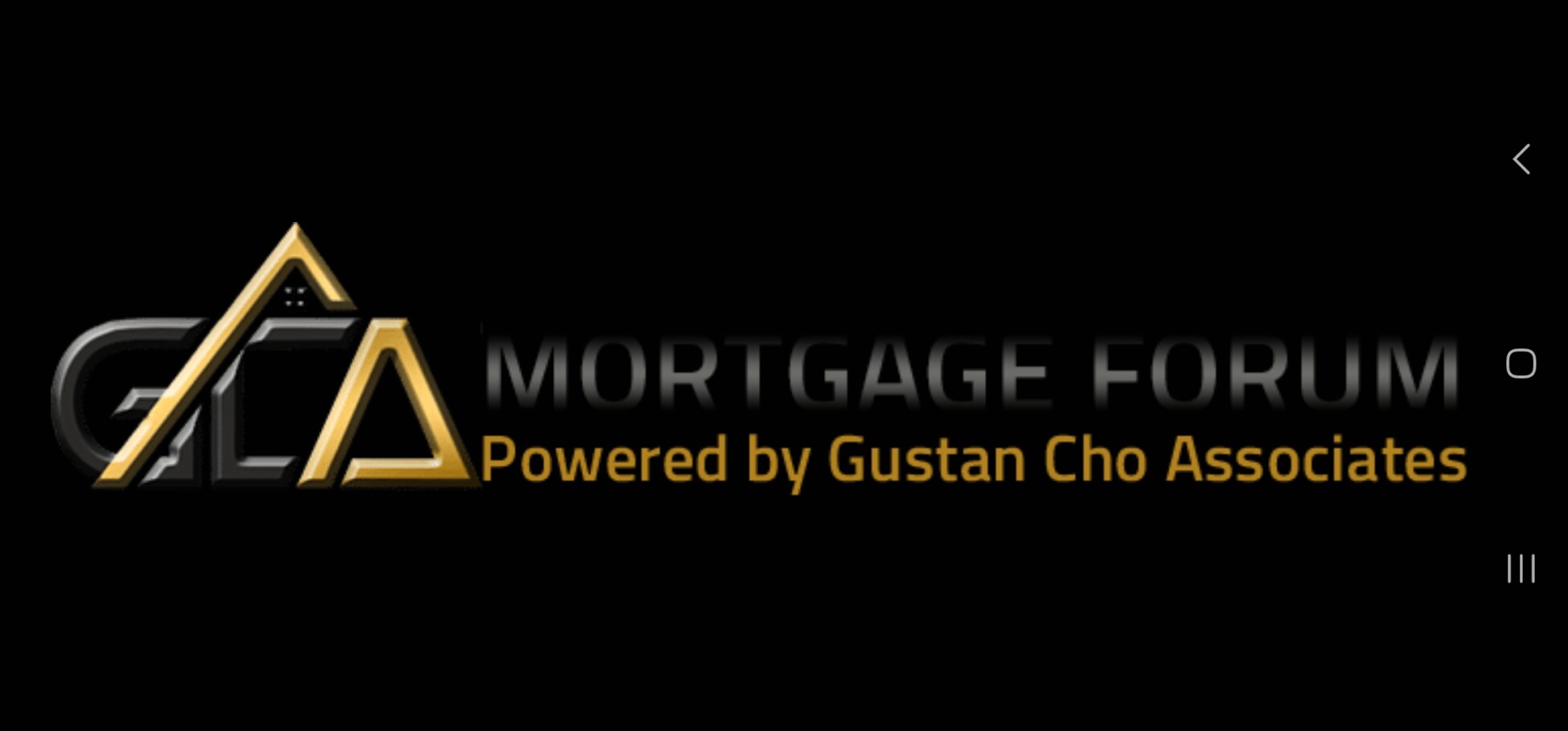
George
LawyerForum Replies Created
-
The smallest amount for non-QM loans depends on the lender. It is commonly between $100,000 and $150,000. This is to prevent breaking high-cost mortgage regulations. High-cost regulations state that fees must be within the set limits for these mortgages, such as 5% of their value. These rules also require non-qualified mortgage lenders to carefully structure their loans to avoid violating them while still meeting customer needs. This is especially true if they borrow a small sum. Below is an example showing what I mean by saying ‘minimum loan amount for non-qm (non-qualified mortgage) loans’:
High-Cost Mortgage Regulations
These fall under HOEPA, which stands for Home Ownership Equity Protection Act.
It aims at shielding consumers from predatory lending practices
Thresholds of High-Cost Mortgages
Normally, a loan is considered high cost if its APR exceeds the Average Prime Offer Rate (APOR) by:
- 6.5 percentage points in case of first lien transaction or:
- 8.5 percentage points when dealing with subordinate liens transactions.
Minimum Loan Amounts
- There isn’t any specific minimum figure across the board for non-QM loans.
- Mostly, lenders set their levels based on profitability and the risk involved.
Common Minimums:
- Most non-QM lenders establish minimums in the range of 100k to 150k.
- Some may go down as low as $50k or $75k.
- Hardly will you find them below $50k.
Factors Determining Minimum Requirement:
- Fixed costs related to origination & servicing.
- Each lender performs a risk assessment individually based on the borrower’s profile.
- Including credit history and income levels.
- The target market is served by particular lenders, such as consumer type (subprime borrowers).
Regional Differences:
Minimum amounts could vary depending on local real estate markets, where properties might have lower values, calling for reduced minimum thresholds accordingly.
Comparison With QM Loans:
Non-QM loans generally have higher minimums than conventional or government-backed mortgages.
Ways of Avoiding High-Cost Classification:
Lenders package their loan products carefully so as not to activate the status of being categorized under high-cost mortgages.
This could mean adjusting interest rates, fees, or loan amounts.
Policies Differ By Lender:
Every non-QM lender has its own rules, which must be followed by all parties involved.
Some lenders specialize in larger loans, while others focus on smaller ones.
Other Options For Small Amounts:
- When borrowing small sums, you may consider personal loans or home equity lines of credit (HELOC).
- It should be noted that there is no strict regulatory minimum for non-QM loans.
- Lenders often set minimums because it makes business sense.
- These can differ greatly between companies and are subject to change based on market conditions.
The best source for current information would be specific non-QM lenders since policies vary widely. Also, remember that interest rates and qualification standards are usually tougher with non-QM mortgages than with qualified mortgages.
-
Approve/Eligible” means that Fannie Mae’s DU (Desktop Underwriter) has found that the loan application is eligible for the program applied for. An approve/eligible per automated underwriting system findings shows that the borrower’s credit profile, income, and assets fit with what is acceptable under automated approval guidelines. So, standard documentation should suffice to move forward. Generally, an “approve eligible” finding is regarded as positive. An approve/eligible per AUS FINDINGS is viewed favorable because it suggests that if everything checks out okay during verification. This type of mortgage will usually be approved. Basically, “Approve Eligible per DU Findings” relates to conventional mortgages. Conventional loans, often called conforming loans, are home loan products often obtained by people who need to borrow large sums over long periods at fixed rates. The mortgage loan is secured against their property, such as houses or apartments; let us now examine these words separately.
DU (Desktop Underwriter):
- Fannie Mae’s automatic underwriting system was created to simplify and streamline mortgage lending processes.
- Lenders can use this software when they want quick results without much human input.
“Approve Eligible”: These words from the system meet Fannie Mae’s requirements.
Definition: It has passed initial underwriting based on certain criteria specified under different sections within Fannie Mae’s guidelines.
Implication:
- Normally, this indicates a strong possibility for approval.
- This may lead to faster processing times because some steps may not have to be performed manually.
Not final decision:
- Though favorable, it is still subject to further review and verification by the lender.
- Requires confirmation through documentation provided for every aspect stated therein.
Next step:
Upon receipt of these findings, lenders should carefully study all conditions indicated thereunder and seek clarification where necessary prior to seeking additional documents from the borrower.
Advantage:
It saves time taken during the manual evaluation process, especially compared with other types of loans whose assessments require more paperwork.
Conditions:
Various requirements stated under each sub-section must be met before final approval can be granted, but some examples include:
Lender’s prerogative:
Even if recommended as “approve eligible,” lenders can still decline applications based on their overlays, which are additional criteria they set over and above those provided by Fannie Mae.
Comparison with FHA:
There are similarities between this term and one called “Accept” under FHA’s TOTAL Scorecard system.
How long is it valid?:
These findings usually remain valid within a given period, like 120 days. Hence, applicants may need to rerun their application through the same system after expiry.
What does “Approve Eligible per DU Findings” mean in mortgage language?
This implies that your initial level of automated underwriting has been passed according to Fannie Mae’s guidelines. AUS approval signifies a positive indication of loan approval. Still, some requirements need to be fulfilled before the final decision is made by a lender who may also have extra conditions apart from those set forth by FNMA. Therefore, this step provides an industry-standard evaluation of creditworthiness for borrowers seeking conventional loans where financial institutions try to identify whether or not they should buy these mortgages.
-
Hard Money Loans:
Hard money loans are fleeting, resource-supported advances primarily used for land and real estate ventures. The property ensures these credits and, as a rule, has higher financing costs and shorter terms than customary advances. Hard money lenders center more on the property’s worth than the borrower’s creditworthiness. Hard money lenders are more concerned about the loan-to-value of the real estate rather than the borrower’s financials or credit scores. Hard money loans are for investment and commercial properties. You cannot have hard money lending on owner-occupant homes due to Dodd-Frank and TRID rules and regulations.
Private Money Loans:
Private money loans resemble hard money loans yet are financed by private people or small organizations rather than institutional loan specialists. They are likewise utilized for land and real estate. Private money loans are more adaptable in terms of conditions and prerequisites. The two advances are mainstream for fix-and-flip projects and fast closings.
-
The answer differs for each divorce agreement and how the property is titled. The following is a breakdown:
Property Title
Joint Tenants with Right of Survivorship: If held as joint tenants with right of survivorship, your brother’s interest in the property would pass automatically to his ex-wife when he dies, even if he has other wishes stated in his will or doesn’t have kids.
Tenants in Common: However, if owned as tenants in common, then his portion would not pass directly to her but instead go into his estate, which is distributed according to intestate laws (if no will) or testamentary provisions (if there is one).
Divorce Decree
Sometimes, divorce settlements include language about what happens if one spouse dies before everything gets sorted out. So, depending on their agreement, she may still get half.
Will or Estate Plan
If there’s a will: If your brother has a will that says his share should be given to children. They hold it as tenants in common, and this means that upon death, all rights shall vest indefeasibly with them as tenants in common being co-owners without the right of survivorship, which means that each child becomes vested with an equal, undivided interest therein.
No will: On the other hand, if he doesn’t have one, then state law takes over – most likely resulting in everything going equally among offspring
-
George
MemberJuly 30, 2024 at 4:34 am in reply to: Population of Cities With High Property Taxes DecreaseWith increased home value comes higher property taxes. Most homeowners throughout the United States will see higher property taxes due to increased assessed value. Besides high rates, high home values, new home buyers can expect higher property taxes, and higher homeowners insurance premiums. The economy is not healthy unlike Joe Biden’s claim and the mainstream media network bragging how great our overall economy is. Expect a housing bubble, increased unemployment, high bankruptcy, higher foreclosures, and skyrocketing inflation numbers.
-
It would absolutely 💯 be so cool to have the first female President of the United States but NOT Kamala Harris. Kamala Harris is not fit to become the First President of the United States and she is a national embarrassment for all Americans and will be ruining it for all women.
-
George
MemberJuly 14, 2024 at 9:54 pm in reply to: California Planning on Taxing 30 cents per mile you DriveMost wage earners in California with average salaries are priced out of the housing market. Homes in Los Angeles County and Orange County are $1,000,000. That’s a 1,000 square foot home with two bedrooms and one bath with a one car garage. With many employers turning workers to remote wage earners, you will be seeing more and more people Fleeing the state of California to lower tax states with lower housing prices and affordable cost of living. California is in major trouble. Again, it’s incompetent politicians like Gavin Newsom, Nancy Pelosi, Adam Schiff and the Democrats that are in power.
-
Here’s a funny prank call video clip
https://www.facebook.com/share/r/MCzL6xPFzowpT7QT/?mibextid=D5vuiz
facebook.com
Prank call - I left my underwear in your closet 😂😂😂😂 #prankcall #prank_call #prank #funny #pranks
-
Hilarious funny prank call video clip about sinner Andy.
https://www.facebook.com/share/v/NsDHa8BBJNEprc2z/?mibextid=21zICX
facebook.com
Pastor | This pastor is nice. He is calling someone a sinner is not fair | By UncleJoe JoeFacebook
This pastor is nice. He is calling someone a sinner is not fair


